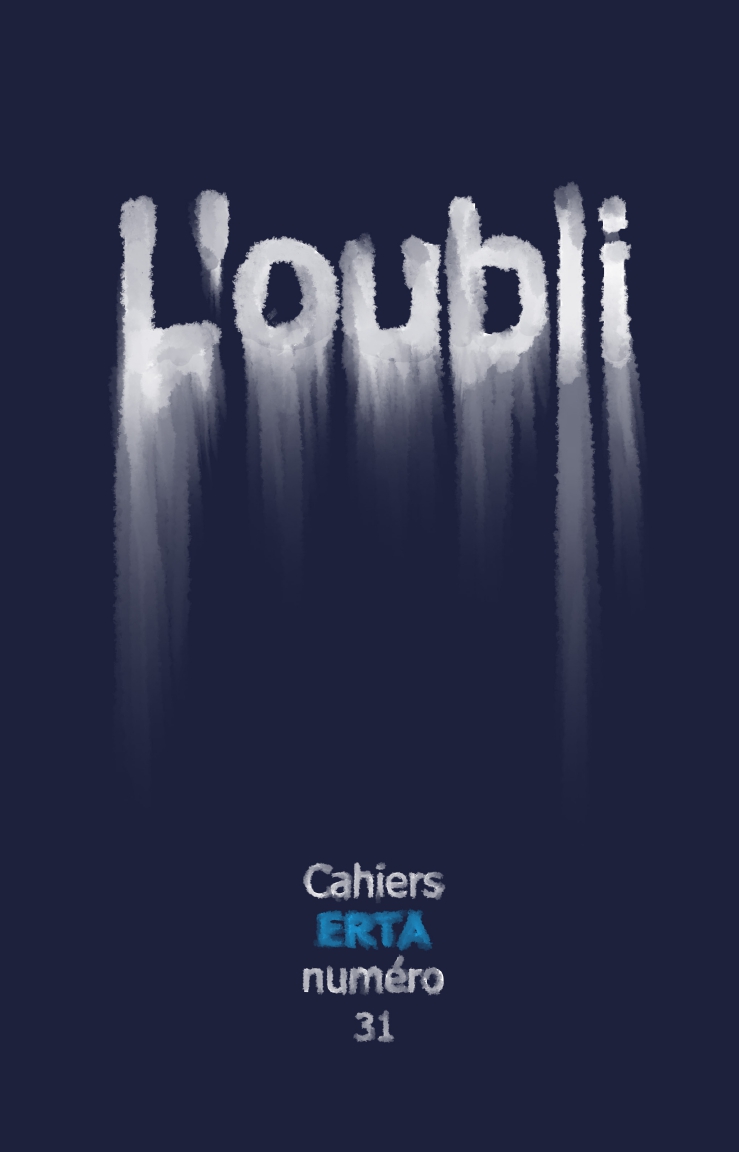« La trace d’une époque finie dans les mœurs d’une époque nouvelle » : la crise de mémoire dans Le Chevalier des Touches de Jules Barbey d’Aurevilly
Mots-clés :
crise de mémoire, contre - révolution, roman historique, Barbey d’AurevillyRésumé
In his historical novel Le Chevalier des Touches (1864), Jules Barbey d’Aurevilly paints a sombre picture of the former counterrevolutionary Chouan heroes of Normandy : over the first decades following the French Revolution, the aristocrats lose their ancestral castle and end up living in an anachronistic salon while slowly falling into collective oblivion. Therefore, this article argues that Barbey d’Aurevilly’s novel is concerned with a pressing memory crisis (in the sense of the term coined by Richard Terdiman) which manifests itself in the material sphere. For this purpose, the gradual decay of the nobles’ abodes will be analyzed, from the transformation of their castle to the asylum where the protagonist spends his last days. The examination of these intérieurs allows us to gain extensive insight into Barbey d’Aurevilly’s attachment to the Ancien Régime and his fundamental repudiation of the social changes occasioned by the political developments in 19th-century France.
Téléchargements
Références
Barbey d’Aurevilly J., Le Chevalier des Touches, Paris, Gallimard (folio classique), 1976.
Compagnon A., Les Antimodernes. De Joseph de Maistre à Roland Barthes, Paris, Gallimard, 2016.
Foucault M., « Les hétérotopies », [dans :] Idem, Die Heterotopien. Der utopische Körper, Francfort sur le Main, Suhrkamp, 2021.
Georges-Métral A., Les illusions de l’écriture ou la crise de la représentation dans l’œuvre romanesque de Jules Barbey d’Aurevilly, Paris, Champion, 2007.
Hobsbawm E., « Introduction. Inventing Traditions », [dans :] T. Ranger (dir.), The Invention of Tradition, Cambridge, Cambridge University Press, 2014.
Lombard-Jourdan A., Fleur de lis et Oriflamme. Signes célestes du royaume de France, Paris, Presses du CNRS, 1991.
Lukács G., Der historische Roman, Berlin, Aufbau, 1955.
Peyrache-Leborgne D., « Roman historique et roman-idylle chez Dickens et Hugo. A Tale of Two Cities et Quatrevingt-treize », [dans :] Dalhousie French Studies, 1996, no 36.
Terdiman R., Present Past. Modernity and the Memory Crisis, Ithaca, New York, Cornell University Press, 1993.
Tönnies F., « Gemeinschaft und Gesellschaft », [dans :] Idem, Studien zu Gemeinschaft und Gesellschaft, Wiesbaden, Springer VS, 2012.
Weber E., Peasants into Frenchmen. The Modernization of Rural France, 1870-1914, London, Chattoo & Windus, 1977.

 Revues scientifiques académiques
Revues scientifiques académiques





